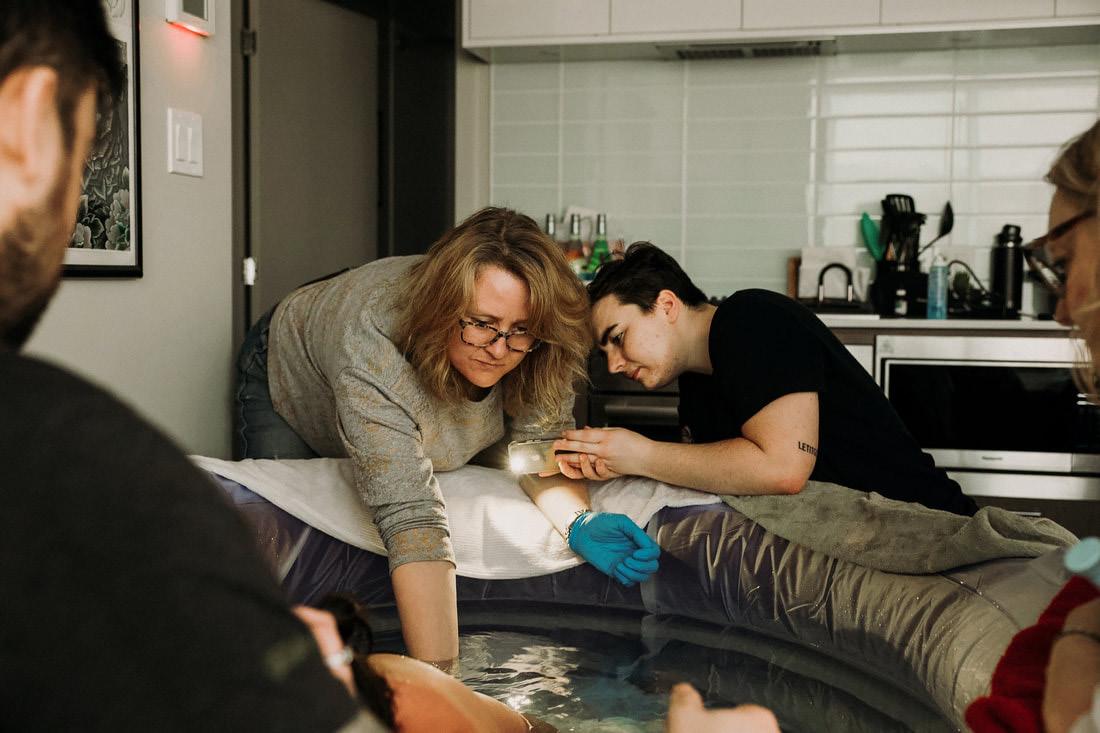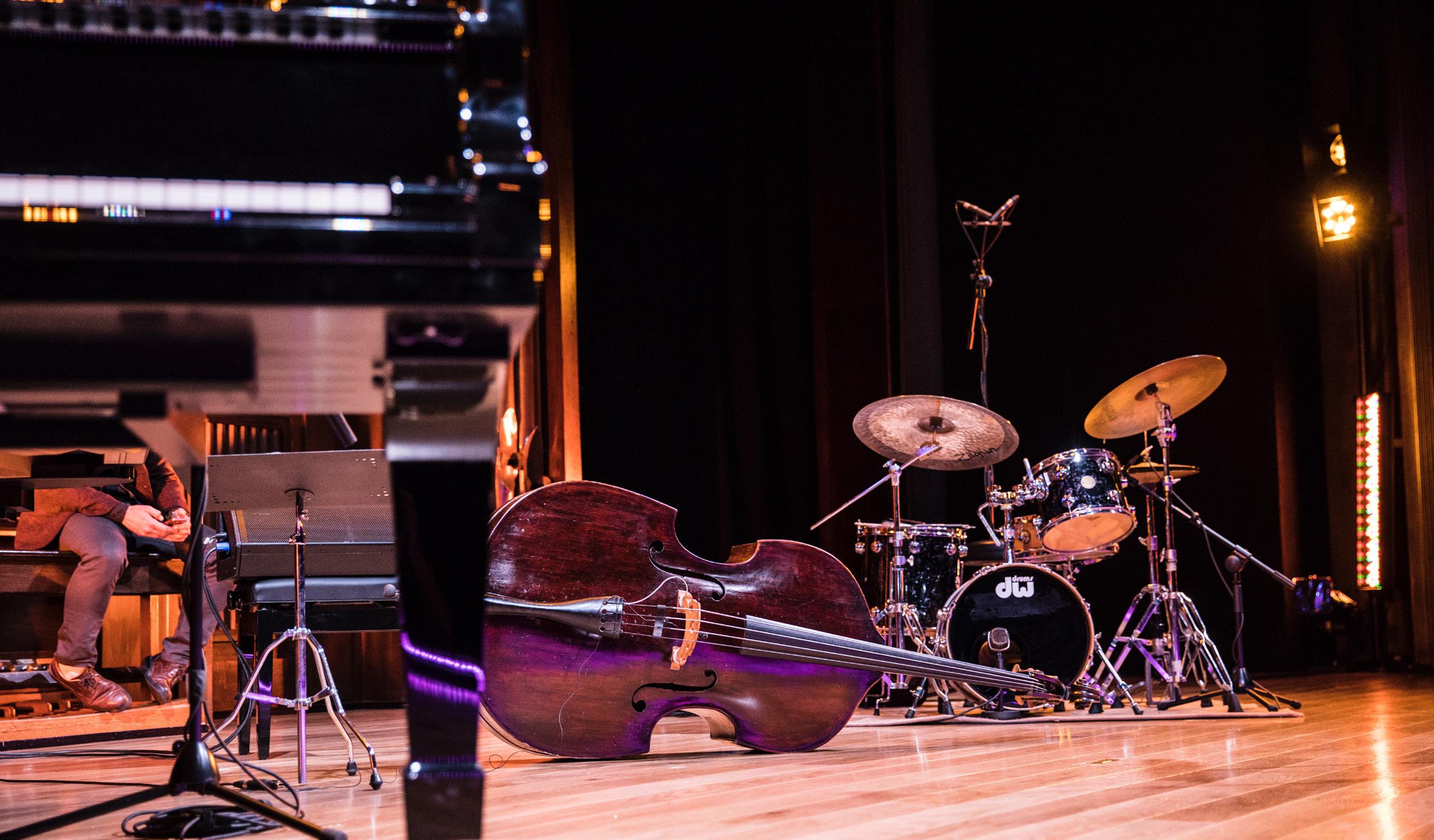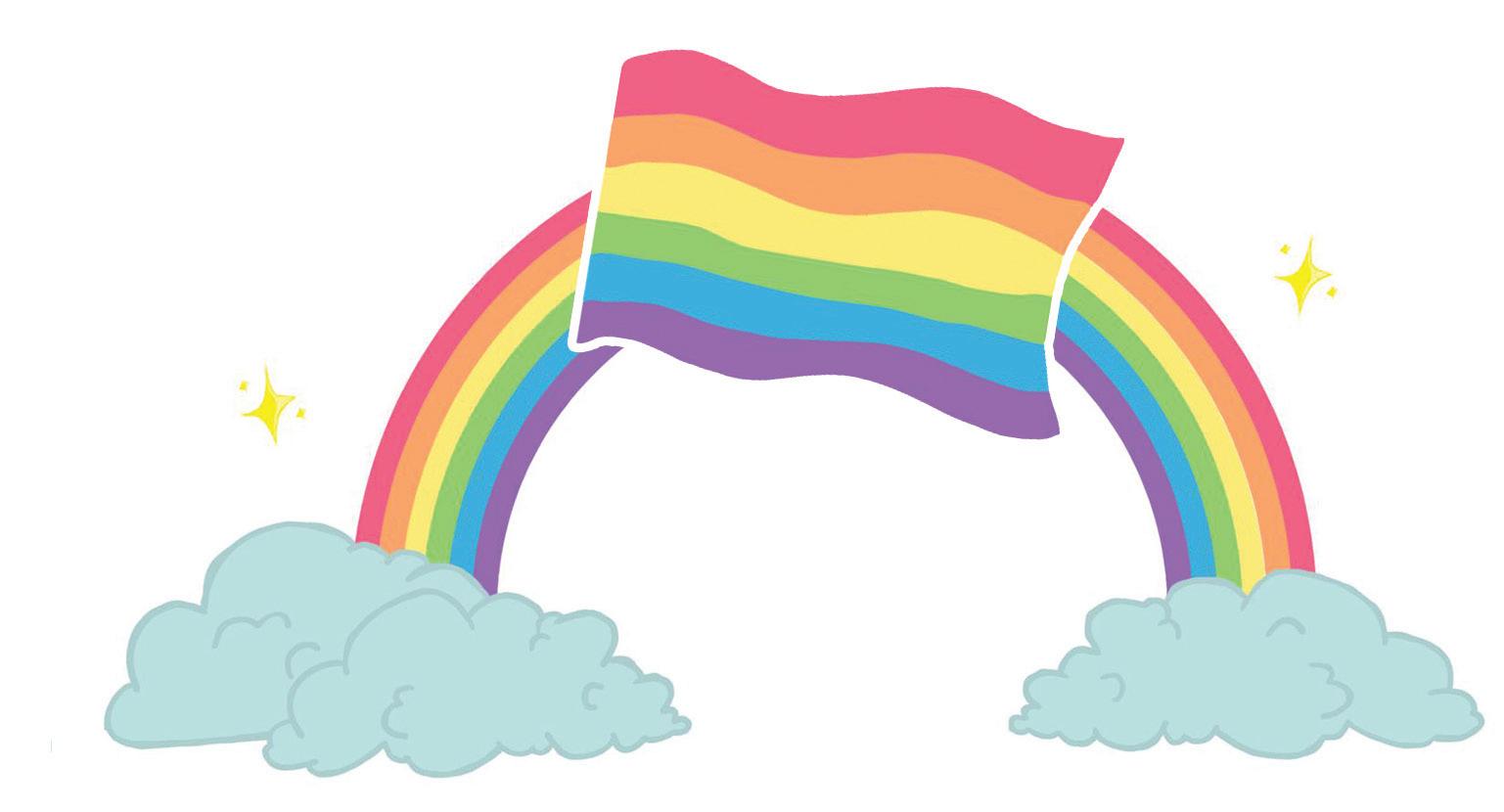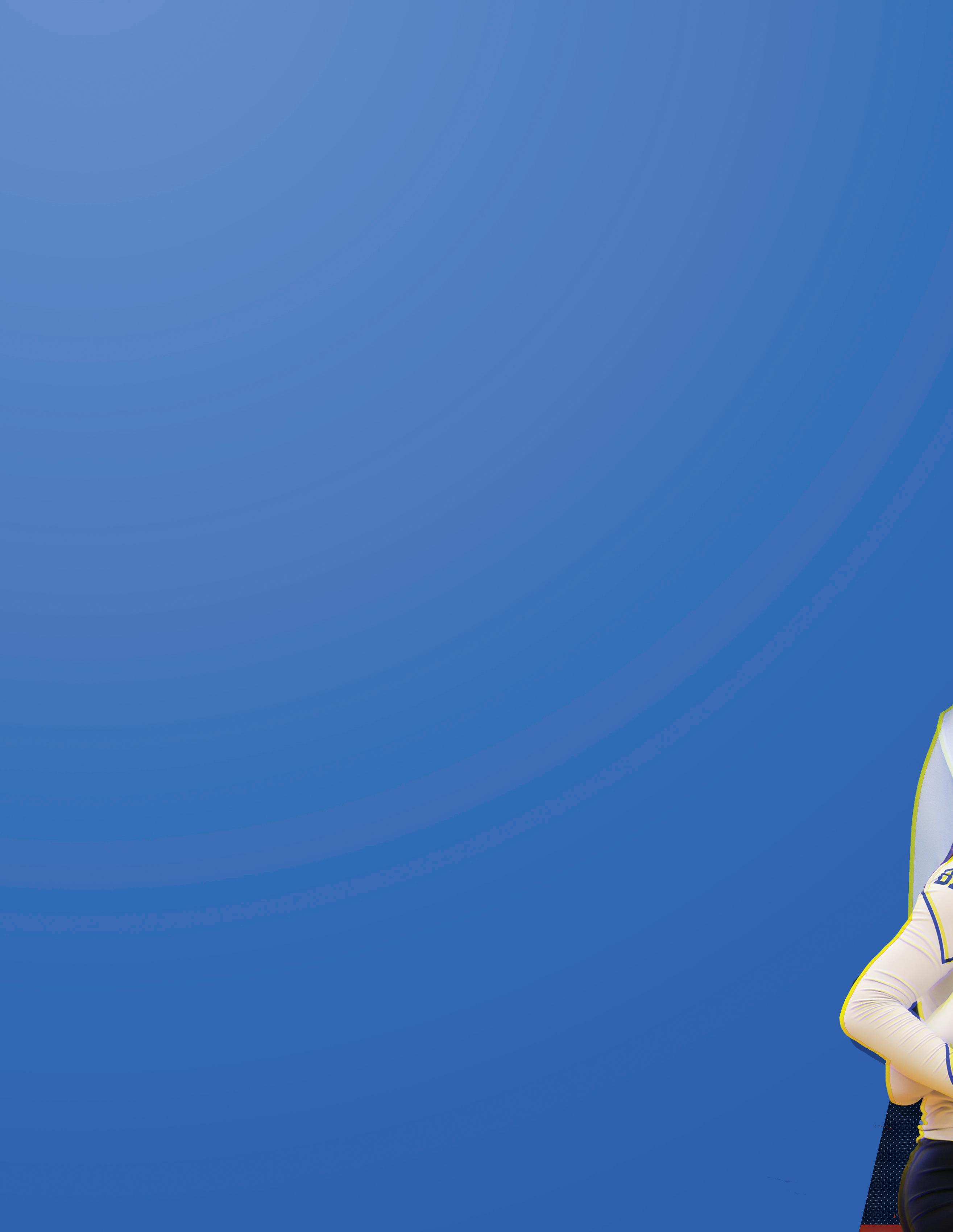VOLUME 52, ISSUE NO.7
March '20 CAPU HIRES DIRECTOR OF INDIGENOUS EDUCATION AND AFFAIRS - WALK OUT FOR WET’SUWET’EN NATION - THE ARRIVAL OF UBER AND LYFT - NO-COST CONCEPTION - CSU VP EXTERNAL’S STIPEND SUSPENSION - THE LIFE OF A DOULA - WHAT’S IN MY BAG - BLOODY COMMERCIALS - DOCTOR PIGEONS - THE COMPLICATED LEGACY OF KOBE BRYANT - AT THE ENDO THE LINE - NERDLESQUE THEY’RE MAKING USER SING ABOUT THE DEAD AGAIN - THE WAR ON DRUGS - HOROSCOPES - MORE




























